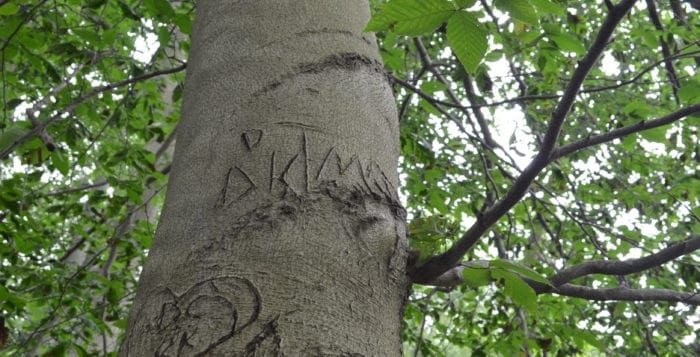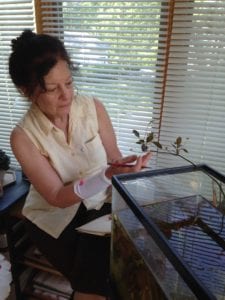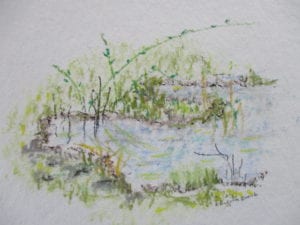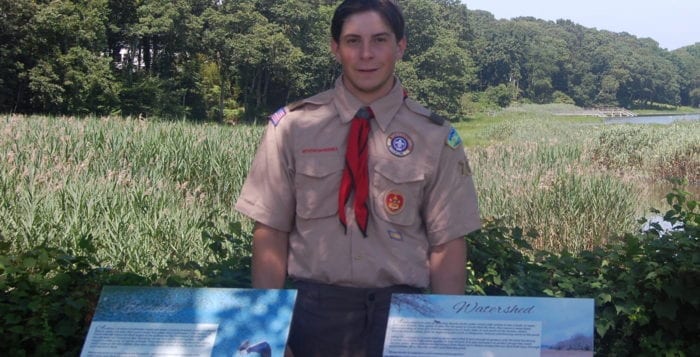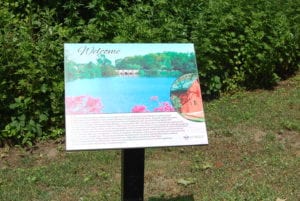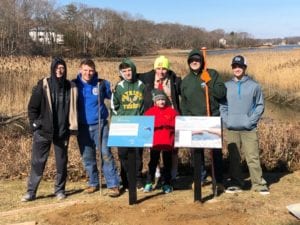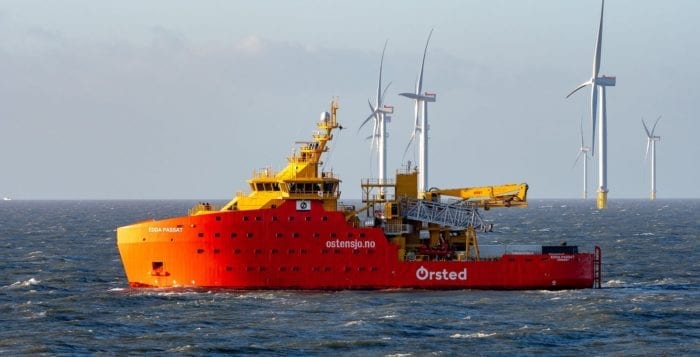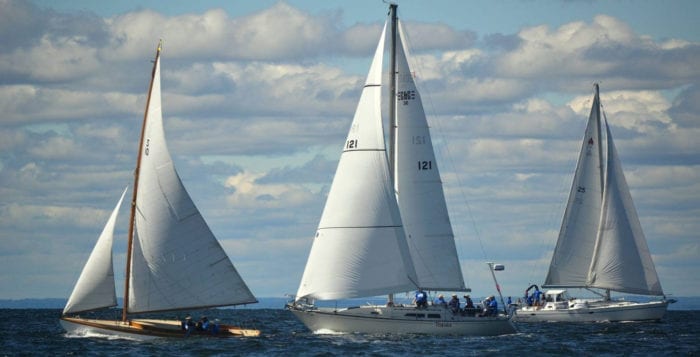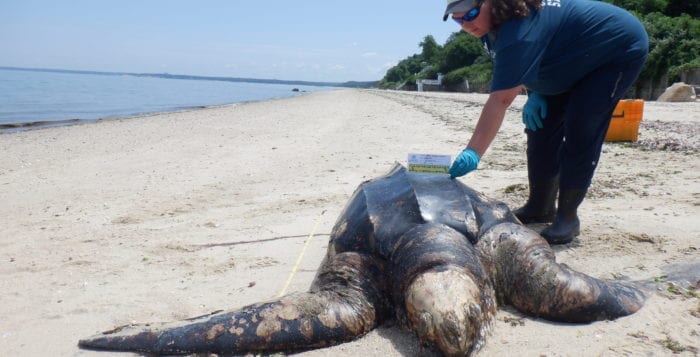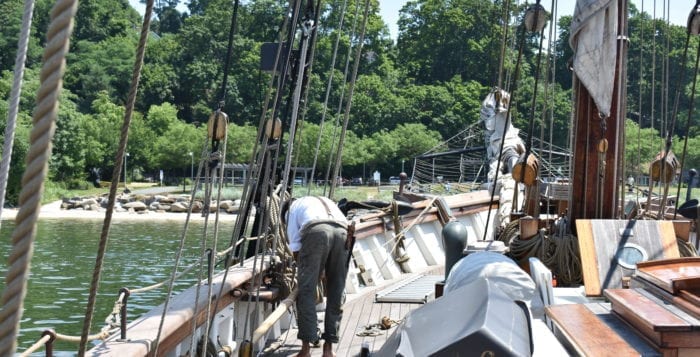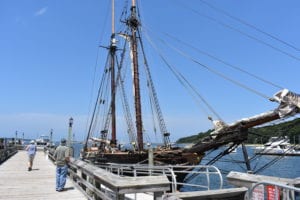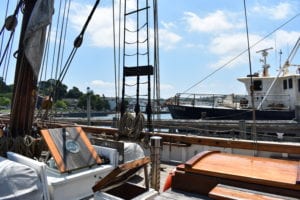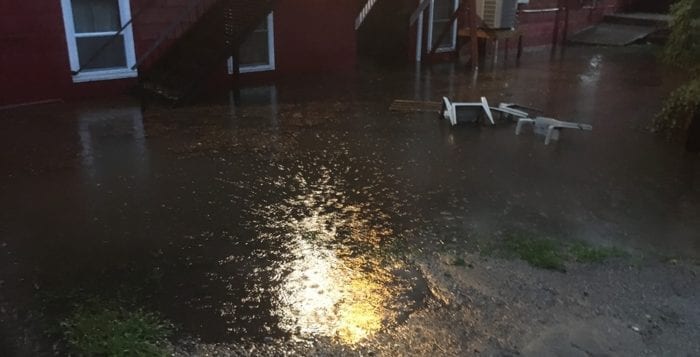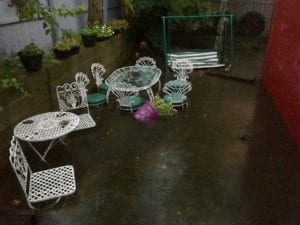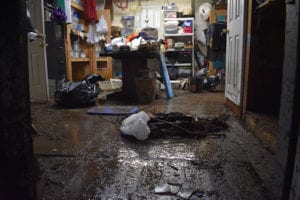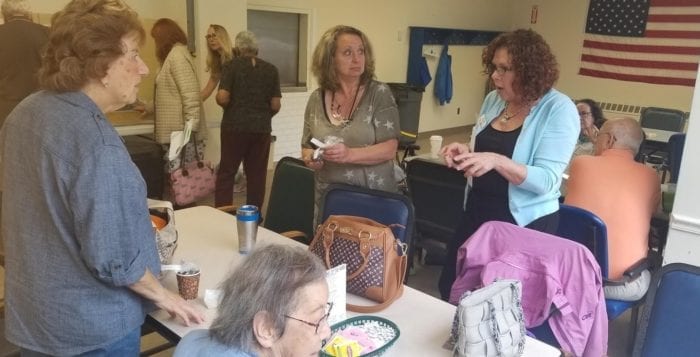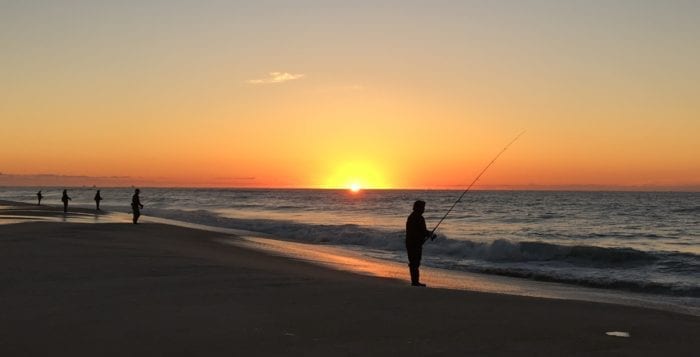When Avalon Park & Preserve on Harbor Road in St. James and Stony Brook first opened in 2001, it welcomed on average 50 to 550 people each week. Today, during the peak seasons of spring and fall, an estimated 3,000 to 5,000 people frequent the 140-acre preserve on a weekly basis, and its popularity has become the source of a problem: protecting the integrity of the place.
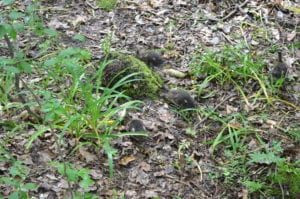
People are carving initials into trees, walking off trails and otherwise damaging habitats.
The park is trying to find ways to instill lessons on park etiquette without becoming too obtrusive. The task, though, according to Park Director Katharine Griffiths, has become more complicated with the rising popularity of Instagram and its geo-location features.
Foot traffic has spiked over the last five to seven years, Griffiths said, just as the phone app’s use has increased.
“We don’t do publicity or have a social media presence,” she said. People are sharing photos of themselves at the park and certain social media posts, she noticed, seem to invite trouble.
After people climbed on top an art installation on site, she said, in violation of one of the preserve’s only posted rules, other people saw the image and tried the same antic.
In talking with other park directors, Griffiths has found that they are experiencing similar concerns with social media.
To address the problem, Griffiths is looking at the efforts of a nationwide campaign called Leave No Trace, developed by the Center for Outdoor Ethics, a nonprofit organization that is raising public awareness on how to preserve and enjoy the outdoors.
Nine out of 10 people are uninformed about the impact they have on their environment, the center’s website states. The organization has developed seven principles that people should adopt to minimize their impact. The guidelines were founded for back-country excursions, but the center states that the approaches can be easily adapted to any park setting. Griffiths agrees.
The ideas are mainly common sense: Properly dispose of waste, respect wildlife, be considerate of other visitors. Other principles are more nuanced and need to be more widely practiced.
Leave what you find/avoid damaging trees and plants
A major concern at Avalon centers on bark damage caused by people carving their names or initials into trees. Trees along the boardwalk at the park’s main entrance on Harbor Road in St. James at the Stony Brook Mill Pond are badly scarred. Some tree species are now suffering from disease. Griffiths said it is unlikely that the tree graffiti caused the problem.
“But it certainly stresses trees and doesn’t help,” she said.
The park has hired park rangers 24/7, which has helped curb the issue. The problem, however, continues.
Many of the couples who have carved their initials in hearts, Griffiths notes, are likely no longer together. The tree damage, she said, is permanent.
Stay on trails
Avalon has carefully created meandering trails through five different wildlife habitats populated entirely with native fauna. The trails are an important part of its successful land management strategy. Straying off those trails damages vegetation or disturbs communities of organisms beyond recovery. Wildlife ecosystems are often interdependent, and when you harm one species it can cause a chain reaction.
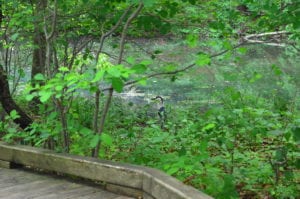
Avalon has had to incorporate fencing to rope off the nesting areas of woodland ducks, for instance, because people were venturing off its boardwalk at the park’s main entrance into the pond’s edge. Griffiths said that the park’s managers prefer to leave nature unobstructed, but the fence became essential to protect the habitat.
Dogs are welcomed at Avalon, but dog owners need to be mindful of picking up waste and keeping the animals on a leash. Frank Melville Memorial Park in Setauket, another privately owned public parkland, asks dog owners to be diligent.
“People like that we allow pets, but its a constant challenge,” said Robert Reuter, president of Frank Melville Memorial Park.
Respect wildlife
The center states that people should quietly observe wildlife from a distance. Do not disturb animals or plants, they say, “just to get a better look.”
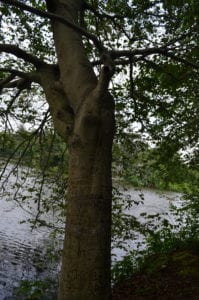
Lucille Betti-Nash from Four Harbors Audubon Society recommends investing in binoculars or a super-zoom camera, sometimes called a bridge camera, if people want close-up views of wildlife.
Wertheim National Wildlife Refuge, a U.S. Fish and Wildlife Service park in Shirley, is dealing with similar issues. Park Director Ann Marie Chapman said that she is also trying to better educate the public.
“The wildlife on Long Island have very few places left to go,” she said. “We should keep these public parklands pristine.”
Like Griffiths, she hopes people adopt good outdoor habits.
Carry in, carry out
“Remember we are guests,” Chapman said. “Just like when you’re visiting someone else’s home, you need to respect the surroundings when you visit parkland.”
Suffolk County Legislator Robert Trotta (R-Fort Salonga) said that he visits and walks through Avalon once a month and has never seen a speck of garbage.
“I love the fact that there’s no garbage cans,” he said. “It forces people to carry out any trash they bring in.”
He’s looking forward to the park’s 70-acre expansion. When completed sometime next year, the park’s trails will extend to the Long Island Sound waterfront.
“The place is heaven on earth,” Trotta said.

